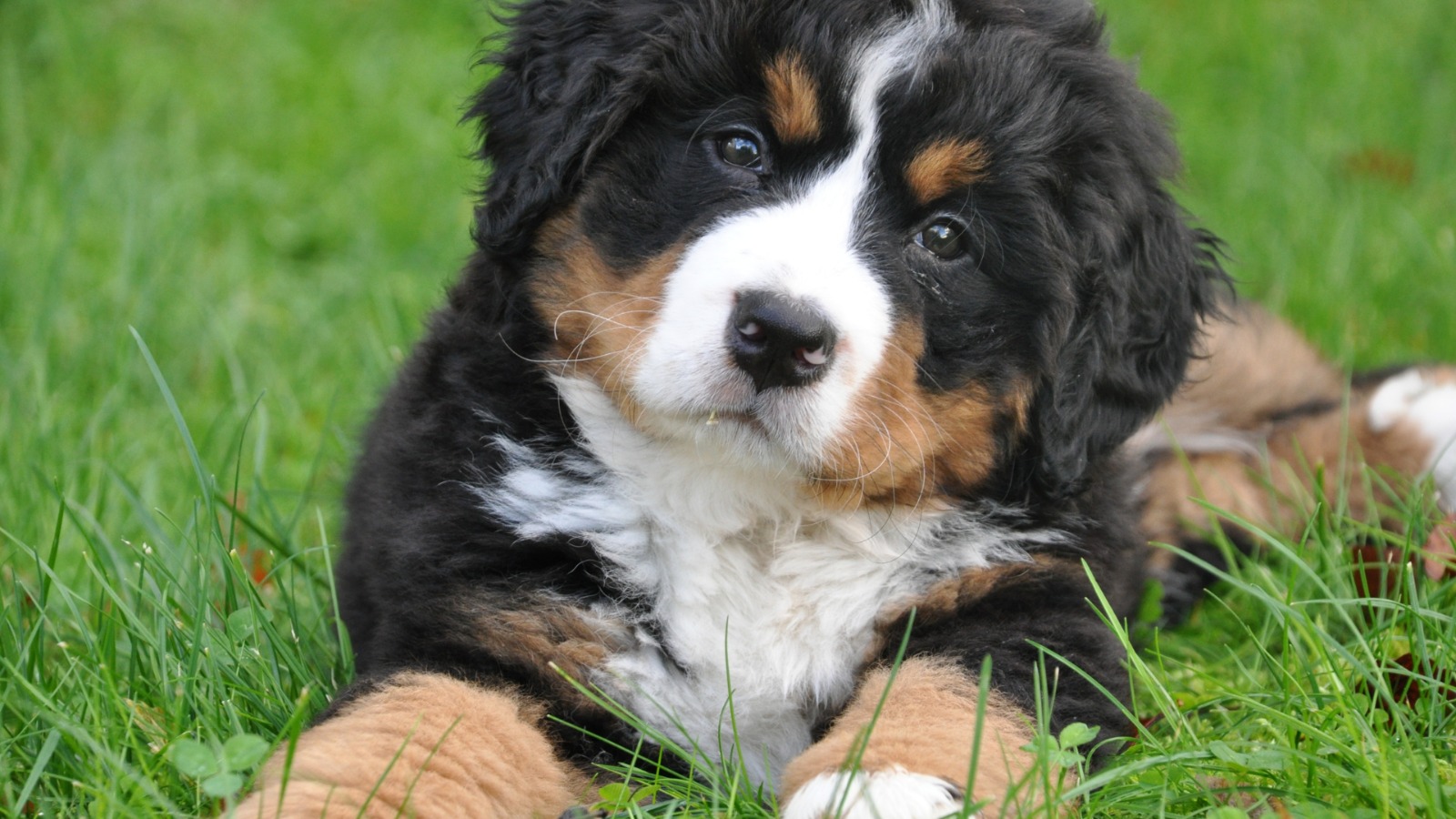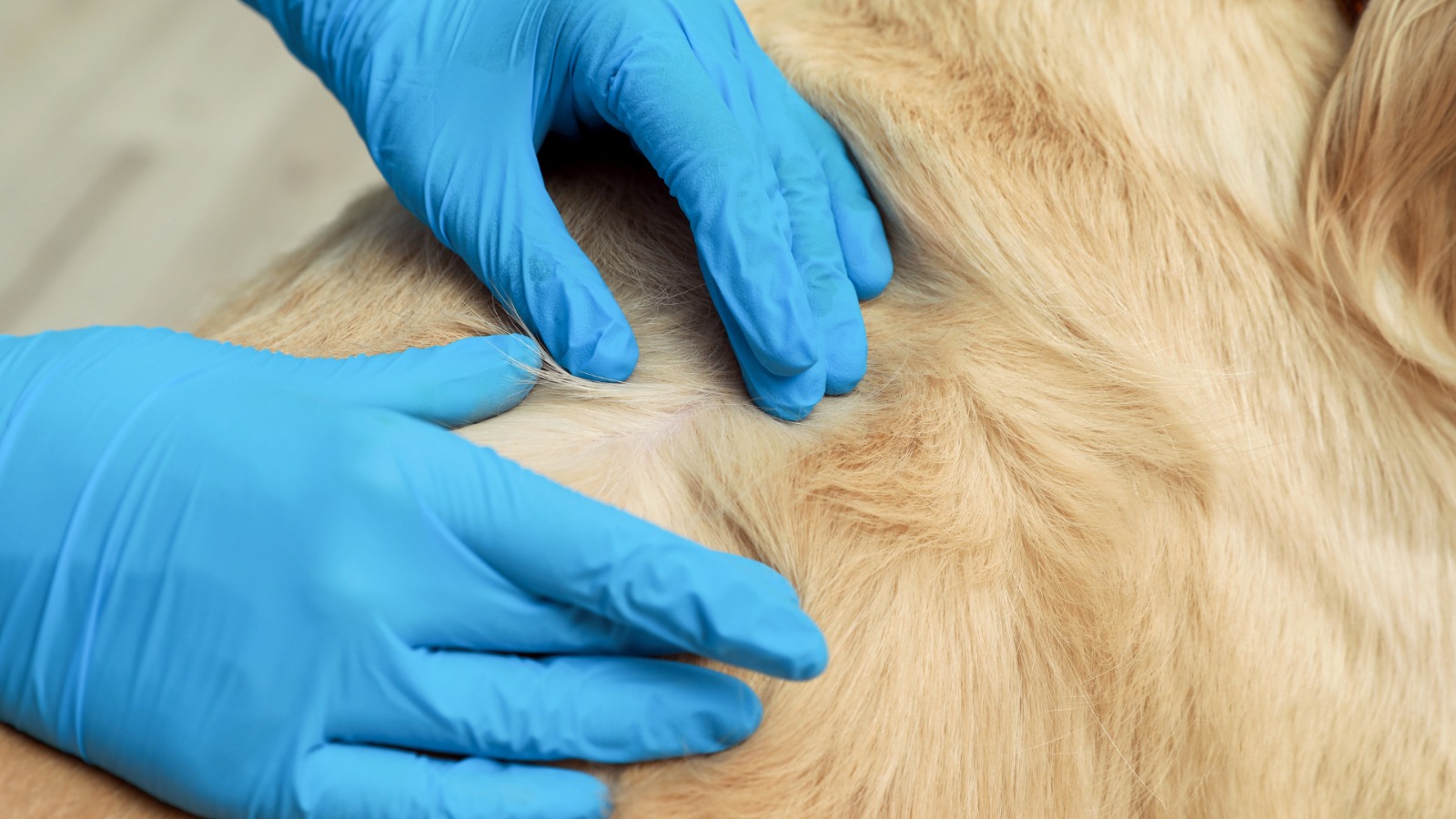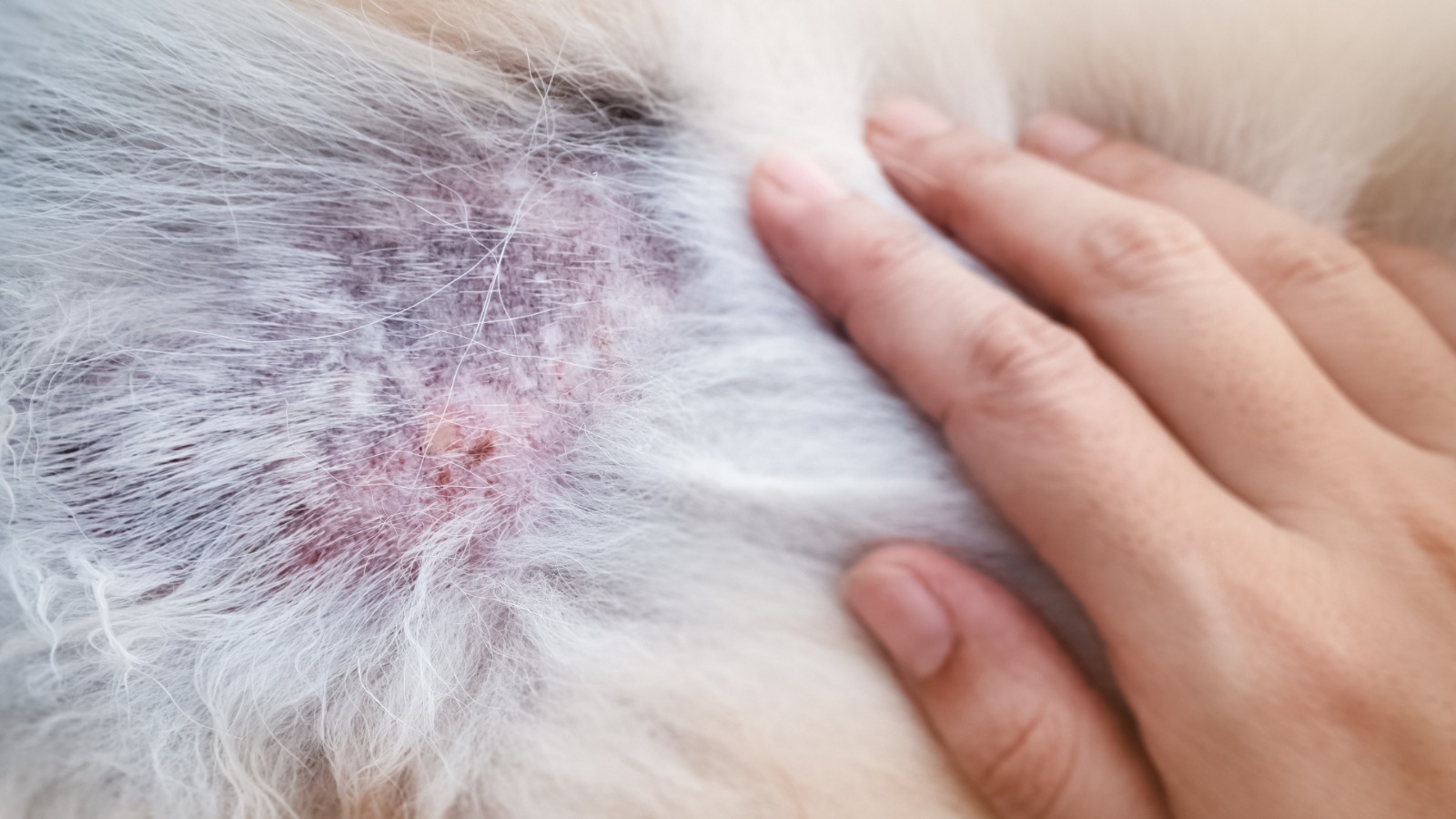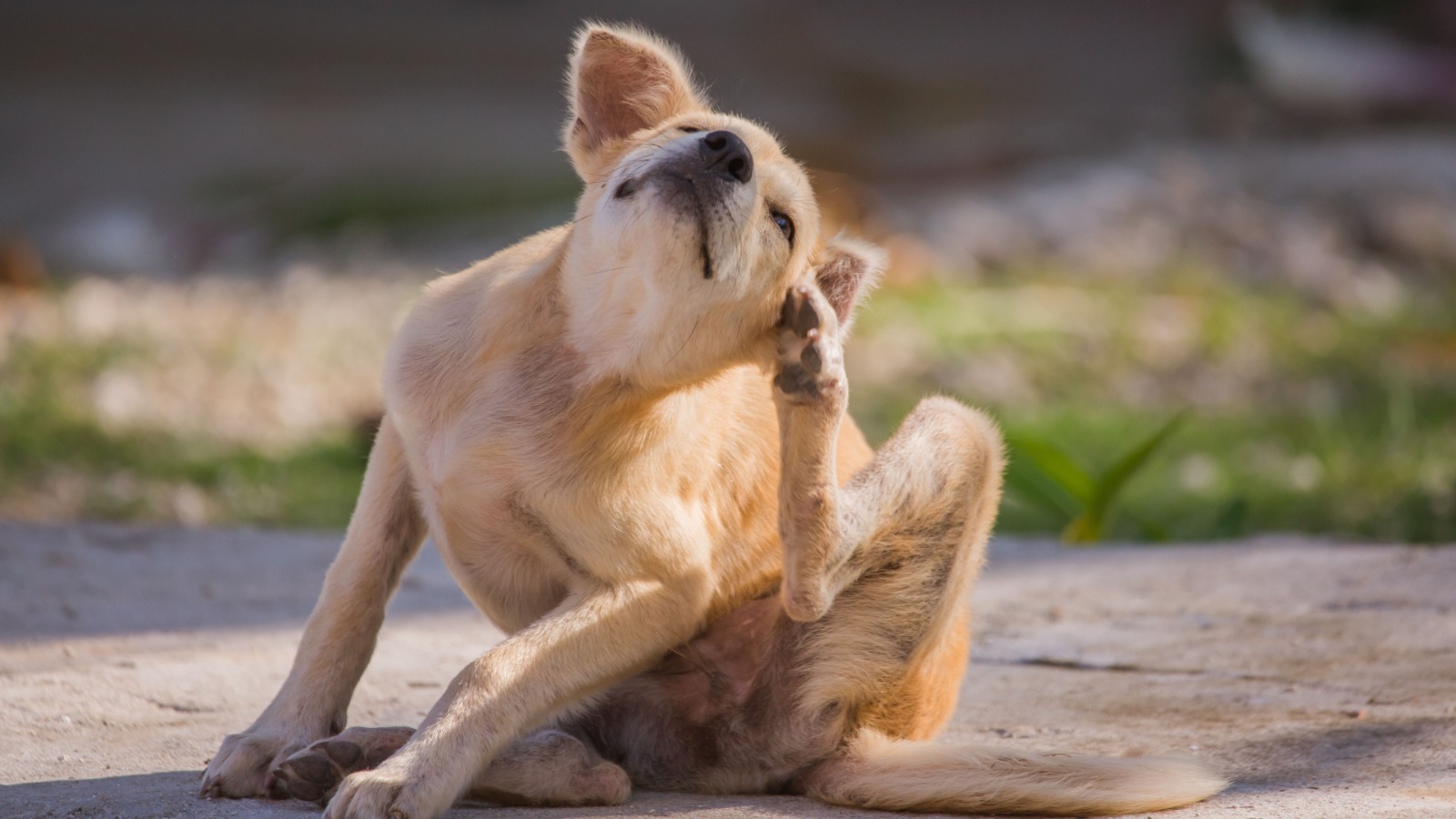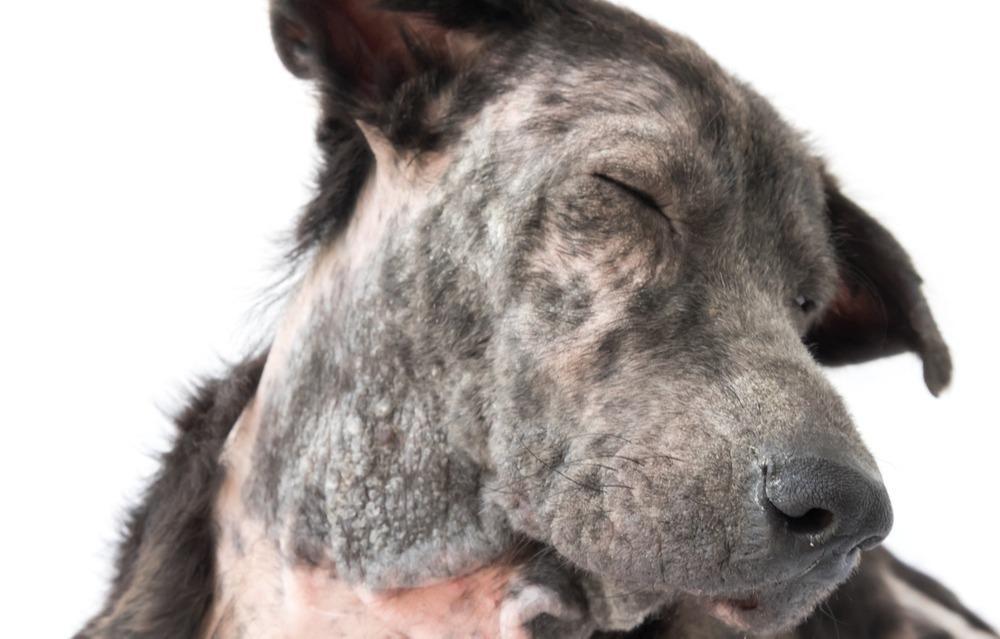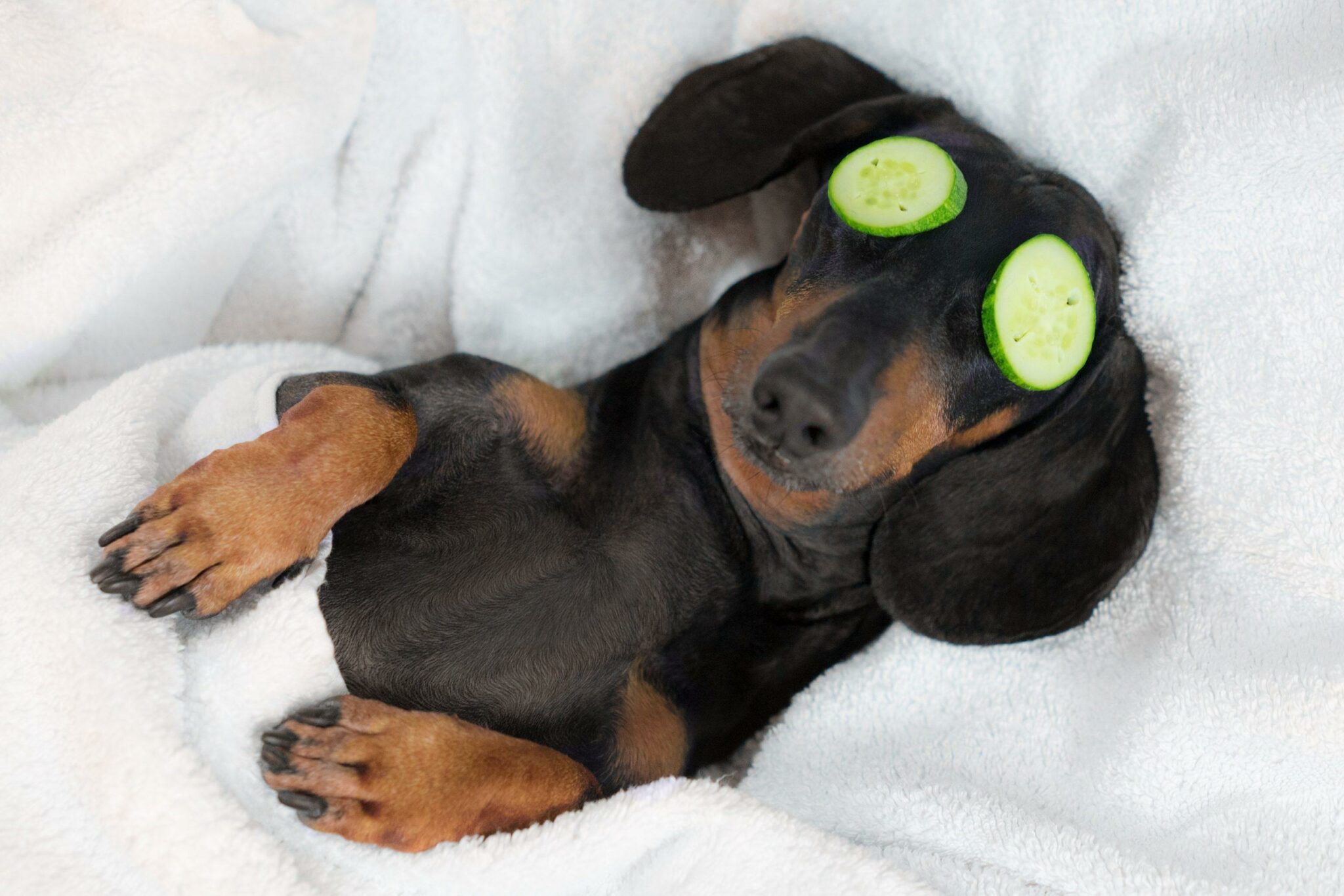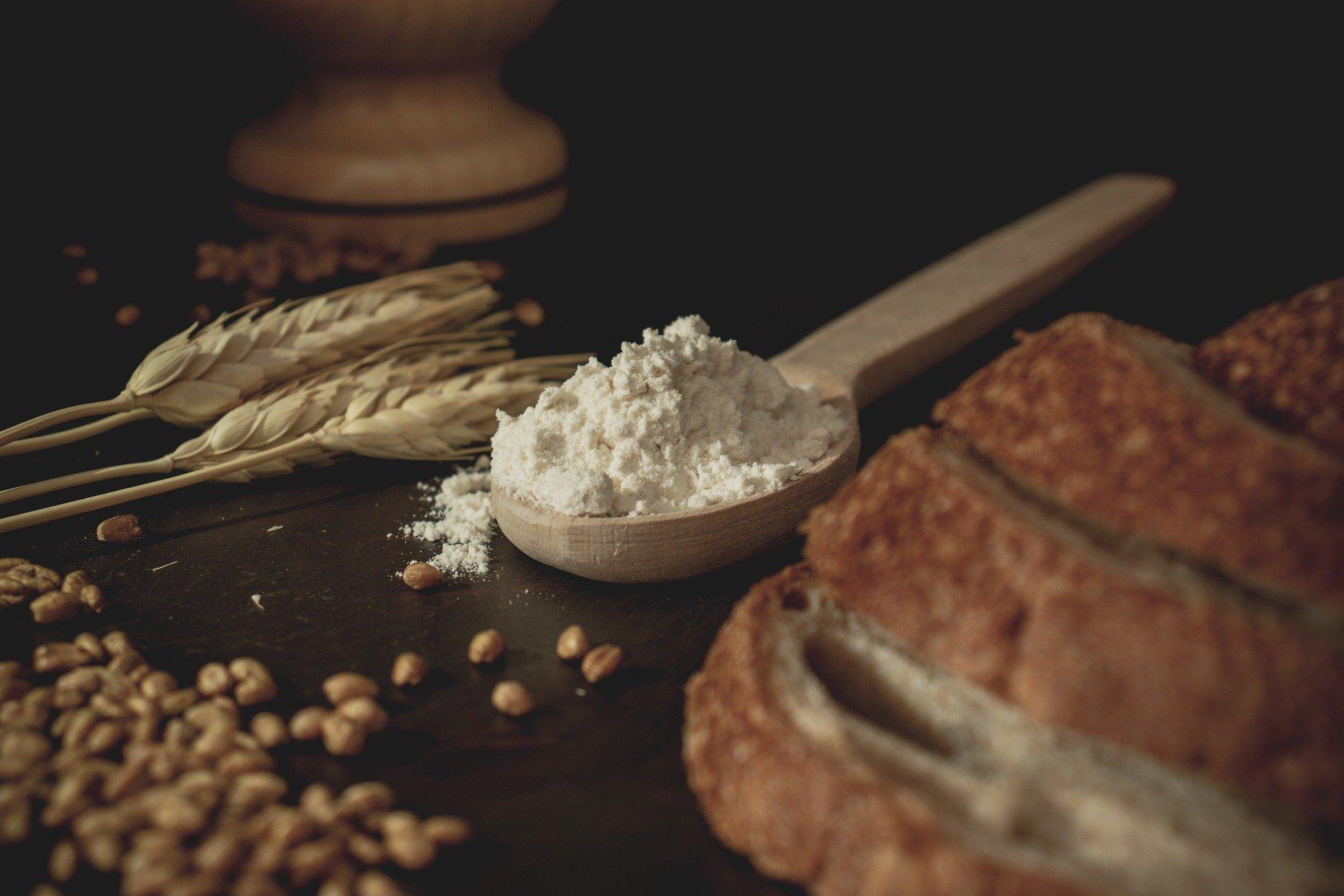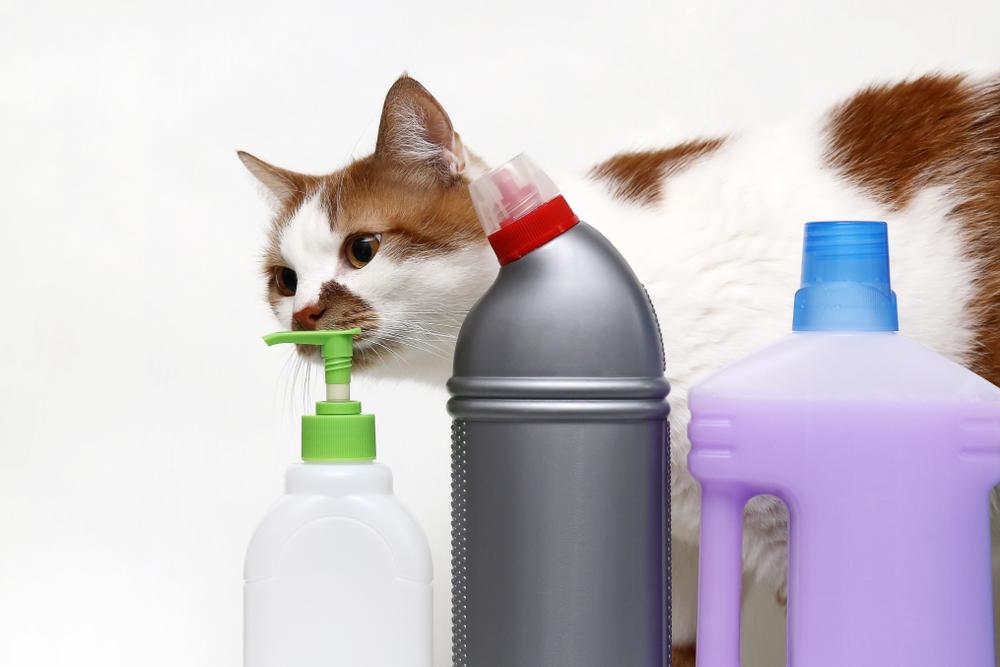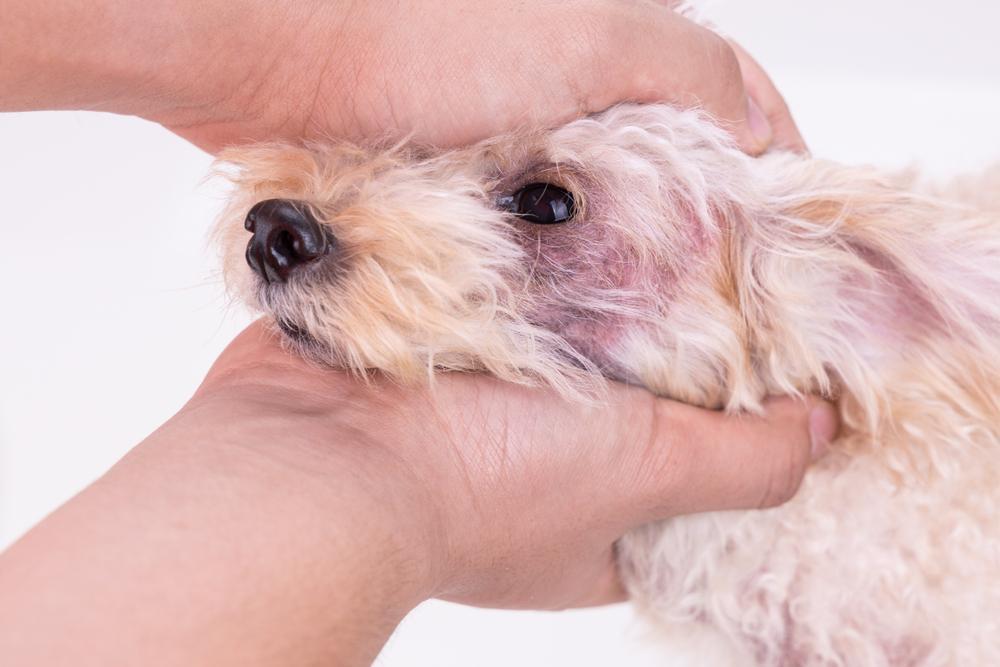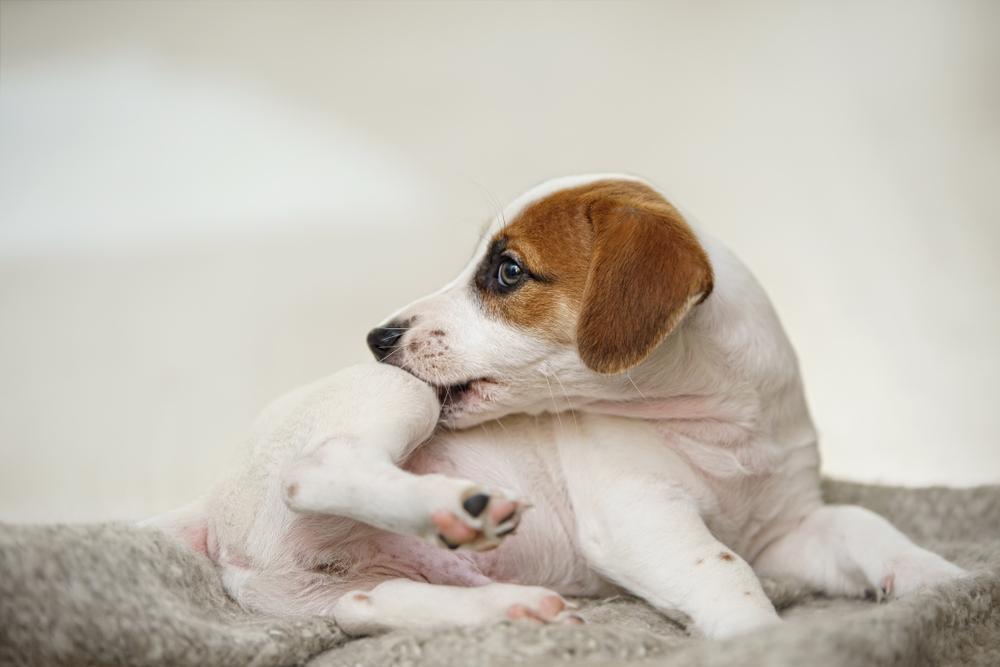Here at My Pet Nutritionist, we deal with a huge amount of dogs with skin complaints. One of the skin complaints we see fairly often is Furunculosis. As a recurring skin infection, there are things we can do to support the body; read on to find out how we can help.
What is Furunculosis?
Furunculosis is a deeply embedded infection of the skin, or deep rooted inflammation of the skin. it is a bacterial infection of the skin and soft tissues, and emanates from the around, and inside the base of hair follicles, reaching through the dermis, and into the subcutaneous layers of the skin (the layers just beneath the skin’s surface).
Findings Here
Furunculosis clinically presents as small, often pus-filled boils on, or just under the skin.
There are a few types of furunculosis you may have seen mentioned in your time as a dog owner, so let’s take a look at the common ones!
Anal Furunculosis
What is it?
Probably one of the most common types of furunculosis mentioned by dog owners, is Anal Furunculosis. As per it’s name, this is where hair follicles around the anus become infected, and chronically inflamed. Another name for Anal Furunculosis is Perianal Fistula.
This is an extremely painful type of furunculosis, as well as being one of the most difficult to treat, and stop from recurring.
Findings Here
Causes
Evidence suggests it’s an immune mediated disease, as there is a strong genetic association with one specific allele, and tests show upregulated cytokine expression causing T-cell infiltration. It also tends to mostly affect middle aged dogs.
Findings Here
Findings Here
A zinc deficiency could contribute to the onset of furunculosis too; zinc deficiencies usually present clinically in the form of a variety of skin issues.
Findings Here
Genetic predisposition is a common cause of anal furunclulosis, including the following breeds:
- German Shepherd (most common predisposition)
- Beagle
- Labrador
- Various Bulldog breeds
- Old English Sheepdog
- Australian Shepherd
- Staffordshire Bull Terrier
Findings Here
Symptoms
There are various symptoms of anal furunculosis, but many are similar to general anal gland troubles, and not obvious until the infected boils begin to show. Some signs and symptoms include:
- Scooting
- Licking/nibbling around the anus and base of the tail
- Change in posture
- Difficulty passing faeces
- Bloodied stool (bright red)
- Lethargy
- Potential weight loss
Interdigital Furunculosis
What is it?
Many of our readers will likely have seen ‘interdigital cysts’ mentioned by other dog owners – these are incredibly common in our domestic dogs. ‘Interdigital cyst’ is the somewhat shorter, almost self-explanatory term for Interdigital Furunculosis.
Interdigital means ‘between the digits’ – no, not number in this sense; but the toes. Inflamed and infected boils/cysts appear between the toes, causing pain and annoyance to the dog, due to infection showing outwardly, from the hair follicles in the area.
Findings Here
Causes
Most causes of Interdigital Furunculosis are down to trauma to hair follicles present between the toes. A variety of things can cause this, which we will discuss below, but first, we will take a look at some other potential causes of interdigital cysts.
Endocrine diseases such as Cushing’s Disease and hypothyroidism can contribute to problems internally with the hair follicles around the toes.
Bacterial and fungal infections in the foot areas, including yeast (for which you can read more about in our blog here), and various strains of Staphylococcus infection, can cause the onset of furunculosis in between the toes.
Now on to the trauma related causes!
Paw licking is a huge risk factor for hair follicle trauma between the toes. Paw licking can be caused by food sensitivities, anxiety, pain in the area, or even due to compulsive neurological disorders. Foreign bodies like the dreaded grass seed may also cause both paw licking, and generalised inflammation of the toe area, and therefore increase the risk of interdigital furunculosis. The root cause of any paw licking must be found and treated as a matter of importance!
The length of a dog’s paw hair can also cause trauma to the hair follicles. When the dog walks on his or her feet, the hair between the toes may rub, which causes skin inflammation, and leaves the hair follicles vulnerable to infection. Those with longer fur between the toes, may be at a much lower risk of hair follicle damage, as the fur helps protect the follicles. Dog breeds at a greater risk of interdigital irritation due to their shorter coat length include:
- Various Bulldog breeds
- Basset Hound
- Staffordshire Bull Terrier
- Pug
- Great Dane
- Boxer
- Boston Terrier
- Beagle
The shape of the dog’s foot can also have bearing on it’s potential for the onset of Interdigital Furunculosis. Those with wider gaps between their toes leave the skin in between their toes open to irritation by the environment. Those who are overweight are also more likely to have poor paw conformation whereby their toes spread, causing potential for irritation of the interdigital hair follicles.
Findings Here
Symptoms
Early signs of Interdigital Furunculosis are a little easier to spot than Anal Furunculosis. Generally, the area will become red to start with, and slight swelling may become apparent.
In cases where a foreign body is present, oozing of the area may occur. This needs veterinary treatment right away.
The dog will usually lick, nibble and or favour the paw(s) affected, which is a very strong sign of a paw ailment.
Once fully established, the Interdigital Furunculosis will present as a large swelling between the toes, usually warm or hot to touch, and very red in colour. It can be a shiny texture on it’s surface too, due to the swelling of a specific hair follicle, and lack of fur on it.
Findings Here
General Furunculosis After Grooming
What is it?
While there’s generally no single reason for the onset of both Anal and Interdigital Furunculosis, generalized post-grooming Furunculosis has a clear trigger, and usually crops up 24-48 hours after a dog has been groomed.
It can establish in any part of the body, particularly in those with matted coats, or already sensitive skin.
This type of Furunculosis can happen on any breed, with any coat type.
Causes
Like those suffering from Interdigital Furunculosis, trauma is generally the cause of it’s onset. Trauma to the hair follicles during grooming can be caused by brushing or rubbing of one area repeatedly, which harms the skin’s naturally protective Skin Barrier.
Reactions to harsh shampoos, not tolerated well by the dog can also cause trauma to hair follicles, causing Furunculosis.
There may also be an increased risk of bacterial growth on the skin in moist conditions following bathing, especially if not fully dried.
Some grooming tools, such as metal slicker brushes, de-shedding rakes or other metal tipped equipment may also cause the break down of the Skin Barrier, which leaves hair follicles vulnerable to bacterial infection.
Findings Here
Findings Here
Symptoms
There are a few signs and symptoms of post-grooming Furunculosis, usually starting with small red lumps on the skin. These often progress into large, boil-like, usually pus-filled furuncles.
It’s highly likely your dog will show signs of pain when touched in these areas, and they may even have a fever.
Diagnosis and Conventional Treatments
When being diagnosed, a sample from the site will need to be taken via needle. This sample will then be fully examined in the laboratory to confirm furunculosis. This sample is usually taken under sedation as Furunculosis is very painful, so would be difficult to take from, and unfair on a dog in a fully awake state. A skin scrape may be necessary to check for any bacterial infection on the skin surface. Bloodwork may also be carried out to rule out inflammatory markers from elsewhere in the body, which would point to further infection.
Even with conventional/veterinary treatment, furunculosis can be tricky to resolve, and often a fairly lengthy process.
Some veterinarians will treat particularly bad/large furuncles by incision and draining them. Antibiotics will be given, and in some cases, steroids will also be prescribed, however long-term use of steroids can cause further, more severe health issues including Cushing’s Disease; and incurable endocrine disease.
Another drug commonly prescribed, and potentially essential, at least initially while inflammation remains high, is an anti-inflammatory drug like an NSAID or similar, to reduce inflammation and pain.
Although not pharmaceutical, vets will usually recommend ensuring hygiene at home is kept very much on top of. This includes very frequent cleaning of floors, soft furnishings and other surfaces, and regular hand washing. Cleanliness of the environment is pivotal in furunculosis cases to reduce the risk of further infection. It’s unlikely for infection of this nature to spread to other dogs in the house, or human family members.
Findings Here
Findings Here
Supporting the Body Naturally
There are many things, both internally and externally, which we can do to help support the body when both fighting against current episodes of Furunculosis, and preventing recurring Furunculosis, of all types. Some dietary and lifestyle changes may be required to rid the dog of them, and prevent their return, though we sadly cannot change the genetic predisposition – in these dogs, it may be super important to make some simple dietary and lifestyle changes, just to keep the risk at a minimum.
Diet
Here at My Pet Nutritionist, we always advocate feeding a fresh a diet as possible. Dogs with any type of Furunculosis are no different! Fresh food would cut out plenty of potential factors for the onset of furuncles. Commercial dry food diets are incredibly dry, at between 6 and 12% moisture; this can be damaging to the gut. The extensive processing and subjecting the ingredients to multiple bouts of extreme heat can also cause the formation of Advanced Glycation End Products, which are extremely detrimental to health.
As 70-80% of the immune system lays in the gut, it is extremely important to nourish the gut, and keep the microbiome in perfect balance. Keeping this balance reduces the risk of gut damage, which means the body is less likely to react to escaped particles, and therefore reduces the risk of health and skin conditions such as Furunculosis.
As gut health is super important, and largely linked to Anal and Interdigital Furunculosis, it is imperative to get on top of any existing food sensitivities, as intolerances and allergies are mainly down to immune modulation. Get the gut healthy, run an elimination diet, and cut out allergens in your dog’s diet, and in turn reduce the risk of recurrent Furunculosis. The Gut-Skin axis is an important link to understand, so you can read more on it in our blog
here!
Supplements
When it comes to helping those with existing or recurring Furunculosis, there are a few things we can add into the diet, or increase amounts of in the diet.
Firstly, mucilage herbs and probiotics. These are very important for gut healing, and general gut health. Particularly useful in those with allergies and intolerances as part of your work to remodulate the gut, these supplements can also be imperative in combating other ailments, including various skin ailments, and internal ailments. Furunculosis sufferers may benefit massively from a mucilage herb such as Deglycyrrhizinated Liquorice, Slippery Elm or Marshmallow Root, and a good, high quality soil based probiotic. Our
Gut Guardian Supplement contains all three of these mucilage herbs, as well as some high quality strains of soil based probiotic.
For those suffering with existing or recurring Anal Furunculosis, adding fibre to the diet may be beneficial. Dogs with Anal Furunculosis often struggle to defecate – it can be a painful experience. Adding fibre to the dog’s food can help them pass the stool more easily, and with less pain. Some high fibre additions you could include are:
- Kelp
- Pumpkin
- Broccoli
- Kale
- Wheatgerm
If your dog is suffering with any type of Furunculosis, increasing or adding Omega-3 to the diet of your pet may help reduce inflammation. As Furunculosis is inflammation just below the skin, reducing that inflammation is very important in healing them. EPA and DHA rich foods are particularly useful. We have a great blog about feeding fats to your dog, which can be found
here.
Some examples of omega-3 rich foods include:
- Tinned sardines or mackerel
- Fresh oily fish, such as salmon, herring, and sprats
- Fish oils such as herring oil, anchovy oil, mackerel oil, sardine oil. If using salmon oil, aim for a capsule version as these cannot oxidise as quickly as that from a bottle.
- Algae oil
Findings Here
Adding Zinc to your pet’s diet may also be beneficial for those suffering with chronic recurring Anal or Interdigital Furunculosis.
External Help
There are some external things we can do to help, particularly for those suffering with Interdigital Furunculosis, and Post-Grooming Furunculosis.
Epsom salt paw soaks can be very useful in the recovery from Interdigital Furunculosis. Bathing the paws in Epsom Salt soaks daily can help to draw out toxins, and remineralise the area, which in turn aims to help reduce inflammation, and aid the fight against any bacteria around the hair follicle.
It is important to rinse the paw thoroughly, and dry it well after each soak to avoid dry, cracked skin.
Findings Here
If your dog is experiencing Interdigital Furunculosis, it’s important to reduce walks. The pressure a dog puts on his or her feet when exercising, can make the area between the toes extremely painful, and can enhance the inflammation of the area. Resting your dog could be the difference between a fast healing episode of Furunculosis, and a slower one.
If your dog is able to walk without pain, or for a resting dog’s toilet trips, you may wish to use a boot on the affected paw(s) to protect the area and keep it clean. Adding bacteria from the environment (let’s face it, outside spaces are rarely the cleanest areas! Think of the wildlife, human footfall, animal faeces and urine particles etc) could worsen the infection between the toes, so some well-fitting, waterproof boots may help keep the wound clean. If your dog’s Interdigital Furuncle is too swollen or saw, please do not attempt to use boots as this could be too painful for them.
In those who are subject to regular grooming, and tend to suffer with Post-Grooming Furunculosis, it is imperative to use a natural shampoo. Most groomers are happy to use your own choice of shampoo, provided you supply it, especially for those they know are particularly sensitive. If you are unsure if the washing products your groomer uses are natural, it’s best to take your own, as even shampoos stating on the label ‘made with natural ingredients’ are often not purely natural. We would highly recommend the Provilan LUCAA+ Shampoo, which is sold by Ingenious Probiotics here in the UK.
Finally, when grooming your pet, or having them groomed by a professional, avoid any harsh, metal tipped grooming equipment such as metal tipped slicker brushes, de-shedding rakes and other sharp edged/pointed equipment. There are plenty of choices available for those who require a softer grooming tool – request these with your groomer before your next groom!
Findings Here
We hope this blog post enables you to find a path to work in supporting your dog’s body against recurring furunculosis. Check out our online consultation slots for more, tailored 1 to 1 help with one of our team if you feel this may be of benefit to you and your dog.
Team MPN x



